For a long time in horror cinema, ‘remake’ was a bad word.
Though the very first horror remakes date as far back as the 1920s, it wasn’t until the early 2000s that the term was branded with the meaning modern audiences associate with it. This was the decade where horror remakes hit it big, for better or for worse. Studios found that re-introducing familiar brands was much more lucrative than testing new material, especially in the genre of horror. Thus, audiences got a full decade of films being remade for the purposes of re-introducing a property to a new audience, whether that be Americanizing a foreign horror film (The Ring, The Grudge, Quarantine) or simply remaking a decades-old film for a younger audience to experience (The Texas Chain Saw Massacre, Dawn of the Dead, The Hills Have Eyes).
Allow me to be clear; horror remakes are not an inherently bad thing. One of the greatest horror films ever made, John Carpenter’s The Thing, is a remake. As are classics like James Whales’ Frankenstein, if we want to get downright technical about it. But the horror remakes of the 2000s were a different breed and notable both for their sheer quantity and, more importantly, their quality.
Generally speaking, these films were not well-received. Though there were certainly some outliers, the majority of the horror remakes of the 2000s were thoroughly bad films. Making matters even worse, there was a thick layer of cynicism that engulfed them. New Line Cinema didn’t remake A Nightmare on Elm Street in 2011 because someone came to them with a revolutionary vision for the franchise, they remade it because properties like Texas Chain Saw, Halloween, and Friday the 13th had done it before them and had been wildly successful. For the majority of these remakes, it was less about making a film that would even remotely stand on its own two feet and more about cashing an easy check.
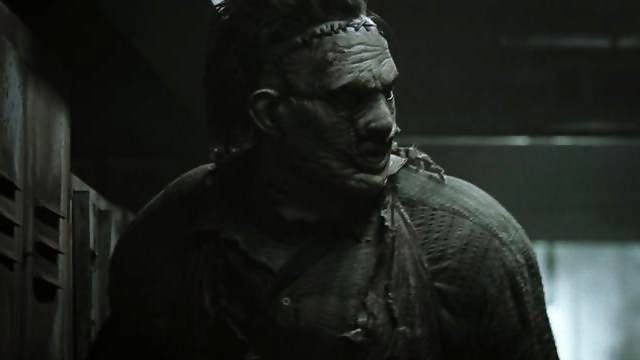
With a work ethic such as this, it was only a matter of time before audiences soured on them. And like clockwork, they did. The term ‘reboot’ became a part of the pop culture vernacular, as studios looked for other ways to re-sell franchises to audiences. But eventually, the horror remake as a commodity kind of died off. Sure, we got films like 2015’s Poltergeist, but they continuously floundered at the box office. This led to the boom in original horror that audiences are joyously experiencing like now, with independent horror taking back the market with films like It Follows, The Witch, or even this year’s Hereditary.
With all of this originality garnering so much success, how do franchise horror films (remakes, reboots, sequels, whatever you want to call them) respond? In the last month alone, three big horror properties have returned in revisionist follow-ups to acclaimed classics and have earned acclaim of their own in the process. Between Mike Flanagan’s The Haunting of Hill House, David Gordon Green’s Halloween, and Luca Guadagnino’s Suspiria, it looks as though a startling truth may have just been revealed; horror remakes have remembered how to be great again.
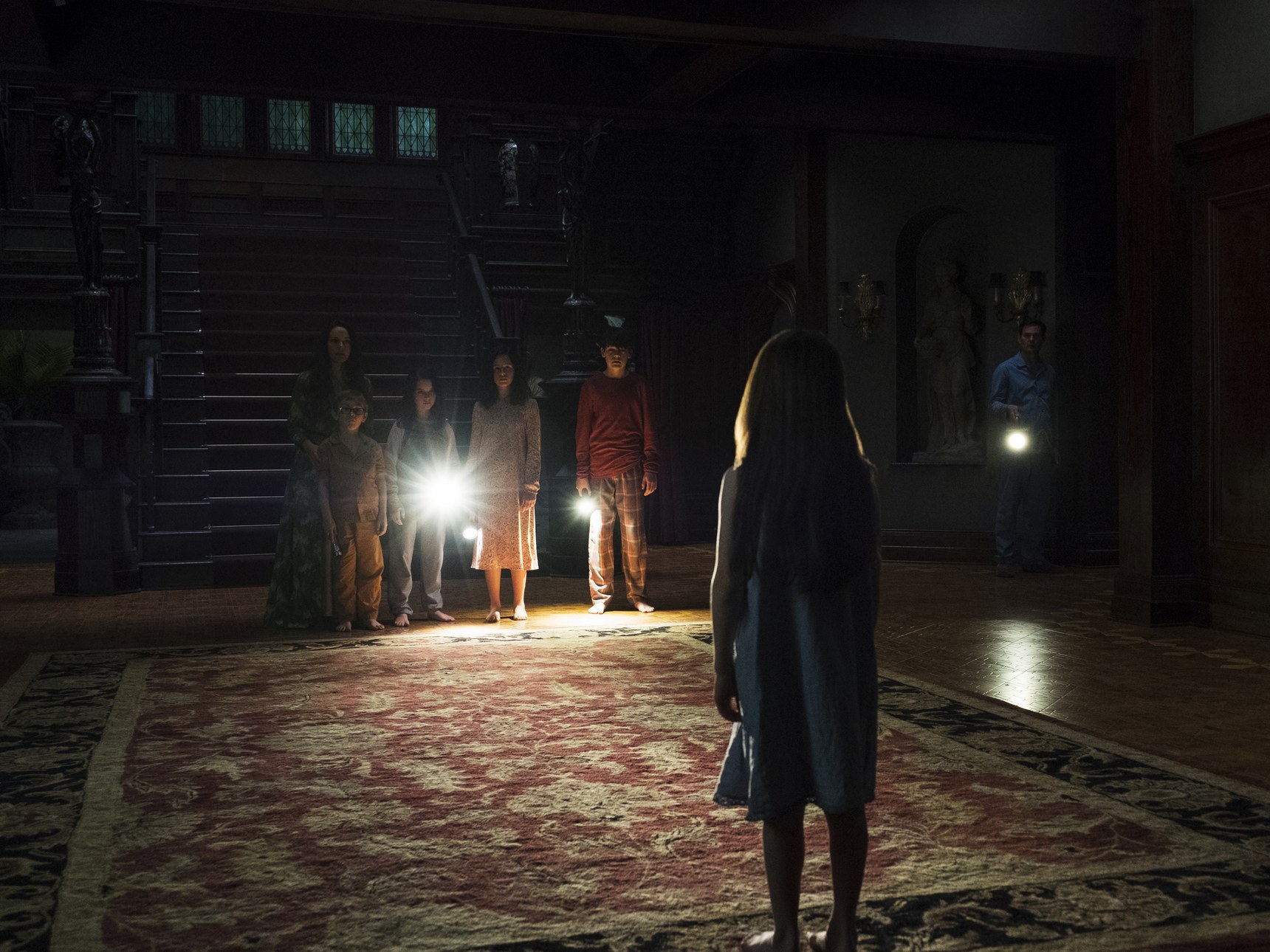
These three properties are interesting in that not even one of them is a remake in the traditional sense of the word. Flanagan’s Haunting takes the bones Shirley Jackson’s novel and Robert Wise’s film and builds a Stephen King-style, multi-generational, sprawling horror epic atop them. Key sequences such as the knocking walls or the spiral staircase appear and play huge parts in the series, but these moments are removed from their original context and retrofitted to play new parts in this new narrative. The same can be said of the characters, many of whom are entirely new additions. Those who do carry over from the source material have been given complete make-overs, to the point that their characterization and role in the story are practically unrecognizable.
Green’s Halloween isn’t a remake at all but rather a revisionist sequel. It discards the decades’ worth of continuity that has come before it in favor of being a direct sequel to John Carpenter’s 1978 original. And while it certainly has its callbacks to the original, it’s never for the sake of pandering fanfare. Instead, the film is constantly challenging expectations and forging a bold new path all of its own, more beholden to the originality and vibrancy of the original than the narrative proper itself. Moments such as Michael being thrown off the balcony during the climax of the original are recreated and twisted on their head, in the interest of further serving this new film.
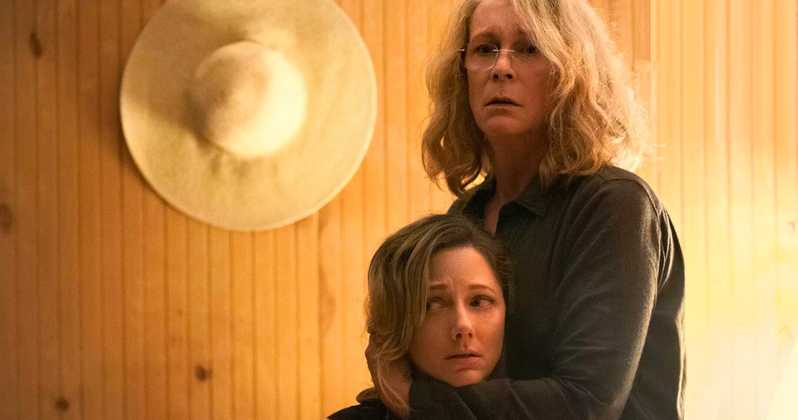
Guadagnino’s Suspiria all-but jettisons the structure and narrative beats of Argento’s original film, in favor of forging something entirely different. There are moments and nods ripped straight from the original film but much like Haunting, these moments have been made entirely the new film’s own, devoid of their original meaning and purpose and instead completely revitalized in this new context.
So we know all three of these projects are vastly different from their original source material, but what can we discern that separates them as an improvement on horror redos? Well, most obviously, these films weren’t just directed by amateurs for a paycheck. All three of these were made by visionary, well-respected directors with years of experience who had a genuine passion for the property they were tackling. It’s also worth noting that none of these were ‘easy money’ projects. Robert Wise’s The Haunting of Hill House is a well-revered film among cinephiles but it isn’t exactly at the forefront of the average filmgoers memory of horror history. The Halloween franchise had been dormant for nearly a decade because the incessant sequels and reboots had pretty much run the property into the ground. And the original Suspiria is an Italian horror film that the vast majority of American audiences don’t even know exists.
Remaking all of these is 2018 is not something anyone would have considered to be a homerun success story waiting to happen. Much like their independently-made counterparts over at A24 or the like, these projects came out of a place of vision and passion that resulted in great work that resulted in acclaim.
Perhaps more interestingly, these revisionist pieces of horror cinema all also foreground the conflict between the past and the present. The Haunting of Hill House literally takes place in two timelines, with the modern-day Crain family being forced to deal with the fallout of the actions that took place in the past. Halloween is all about Jamie Lee Curtis’ Laurie Strode and her family having to face the boogieman and the irreparable damage he did to her forty years ago. Suspiria is set during the German Autumn in Berlin, a period in which the tragedies of WWII still very much haunted the German population and that weighs heavily upon the movie.
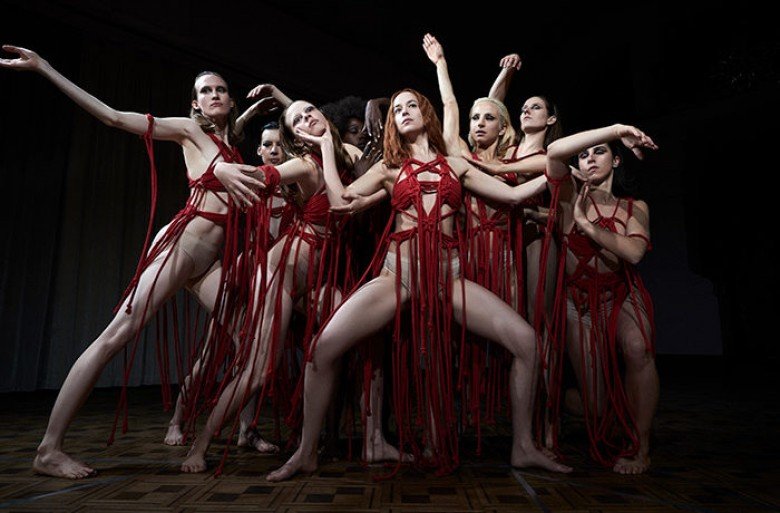
More directly, all of these projects are about past trauma and the way it affects the present. Rather than opting to simply retread or ignore their source material, these projects face their source materials head-on. They challenge them and weave this inherent conflict between the old and the new into the work itself. It’s a meta-textual stroke of brilliance that all three of them seem to have stumbled upon, and it’s kind of a miracle that they were all released within a matter of weeks of each other.
What makes this all the more impressive is the fact that at the conclusion of each of these, the trauma is not simply waved away, but resolved in strikingly nuanced and artful ways. The Crane family doesn’t simply get a happily ever after once they’ve faced their childhood trauma at Hill House, a good portion of them are dead and remain trapped within Hill House’s wall, while it’s heavily implied that Stephen is destined to serve as a kind of doomed gate-keeper to the House for the rest of his life. They’re able to move on in their lives but the ramifications of Hill House are still very much with them.
Laurie Strode finally finds catharsis in being able to share and overcome the burden of her trauma with her daughter and granddaughter, Karen and Allyson. In the film’s final moments, they collectively burn down the house that serves as a visual representation of Laurie’s trauma and in doing so defeat the boogieman in the process. Michael disappears from the basement amidst the flames but it’s heavily implied that that’s less of a “he’s gone!” narrative beat and more of a “he no longer has power over her” thematic one. The Strode women ride off into the darkness, facing an uncertain future with more trouble to face, but united as one for the first time in the entire film.
Susie Bannion squarely confronts her own childhood trauma in the final act of Suspiria by embracing it and truly becoming Mater Suspiriorum, one of the all-powerful Three Mothers. She spends the entirety of the film plagued by these nightmares of her past and of her repressed sexuality, only to find true power in embracing her sexuality. It is with this power that she is able to wipe clean the mind of Dr. Josef Klemperer, erasing both his guilt and happiness at the memories of his wife, Anke. As she tells him, “We need guilt and shame, but not yours”. Not only is this moment given meta-textual power by the context that Anke, Klemperer’s dead wife, is played in the film by Jessica Harper, the star of the original Suspiria, it is also an all-too-timely and affecting thematic message. This is all hammered home by the film’s closing shot, which begins as a wide of Klemperer and Anke’s old country house, for the first time awash in sunlight and bright colors, looking completely changed. But then the camera pushes in and we slowly see the heart carving with their initials that they left on the side of the house all those years ago. No matter how much we may try to bury the trauma or forget the past, it remains a part of us.
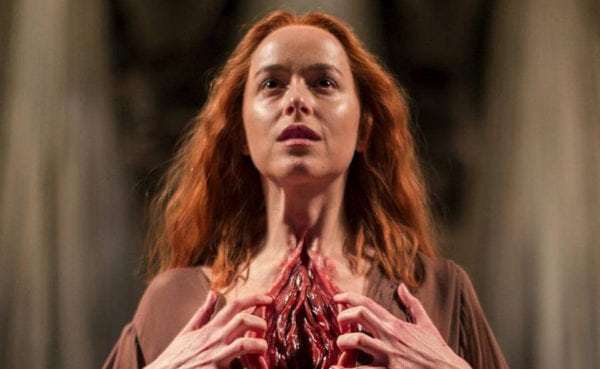
Flanagan’s The Haunting of Hill House, Green’s Halloween, and Guagagnino’s Suspiria are three of the best horror properties of the last decade. They each take existing properties and loving form revisionist follow-ups to them aren’t afraid to challenge the original material, in ways both textual and subtextual. These are each properties that once indulged in the final girl trope, but now give it a thorough re-evaluation and a drastic overhaul to give these protagonists the final word. Where remakes of the 2000s were weak and watered down, these projects are bold and striking, making them more compelling in their worst moments than the previous decade’s remakes were in their best. As modern horror continues to evolve, my hope is that the continuous success of innovative original horror films leads to more big-budget horror revisions like this, that aren’t afraid to take risks in the name of creating great art for a new generation.